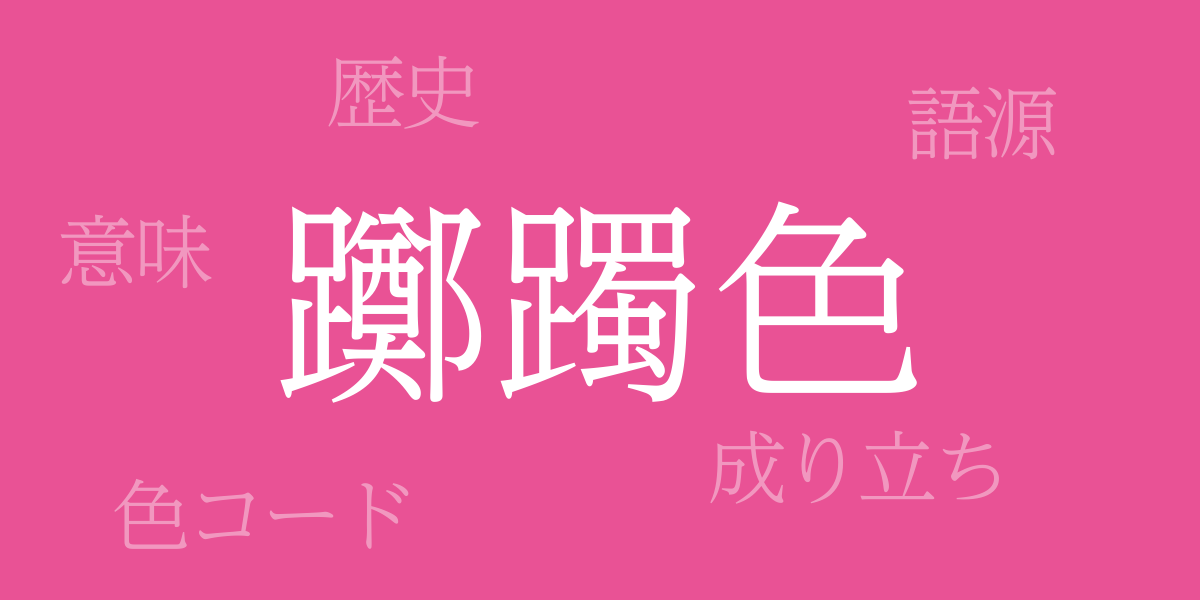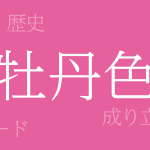Japan’s seasons are renowned for their vibrant colors, with the fleeting beauty of cherry blossoms heralding the arrival of spring captivating many. One color that embodies the essence of these blossoms is the traditional Japanese color ‘Tsutsuji-iro (つつじいろ),’ or Azalea Pink. This color, reflecting the Japanese sensibility and aesthetic, has been cherished throughout history. Let’s delve into the allure of Tsutsuji-iro.
About Tsutsuji-iro (つつじいろ)
Tsutsuji-iro (つつじいろ), a bright yet deep pink, derives its name from the azalea flowers that bloom in spring. This color is deeply ingrained in Japanese nature and culture, used in clothing, crafts, and even contemporary design. Tsutsuji-iro embodies both softness and flamboyance, soothing the viewer’s heart.
The History of Tsutsuji-iro
The history of Tsutsuji-iro dates back to the Heian period, already established as a color name by then. The aristocracy of the time, who cherished the changing seasons, particularly favored the color of azalea flowers. During the Edo period, as color names were systematized, Tsutsuji-iro, often made from the primary ingredient ‘benibana,’ became more widespread.
Color Codes for Tsutsuji-iro
For accurate reproduction of Tsutsuji-iro in digital design and web applications, the following color codes are used:
- HEX: #E95295
- RGB: R:233 G:82 B:149
- CMYK: C:10 M:81 Y:12 K:0
Western Name for Tsutsuji-iro
The equivalent Western names for Tsutsuji-iro are “Azalea Pink” and “Rhododendron,” both also deriving from the azalea flower. Internationally, this beautiful pink is recognized and cherished.
Summary on Tsutsuji-iro
As a traditional Japanese color, Tsutsuji-iro has been loved for its history and beauty. Its charm remains undiminished in modern times, valued in the worlds of fashion, design, and art. Even in the digital age, knowing its color codes allows us to appreciate Tsutsuji-iro up close. This color, with its depth and brightness, will continue to inspire creativity in many.

























